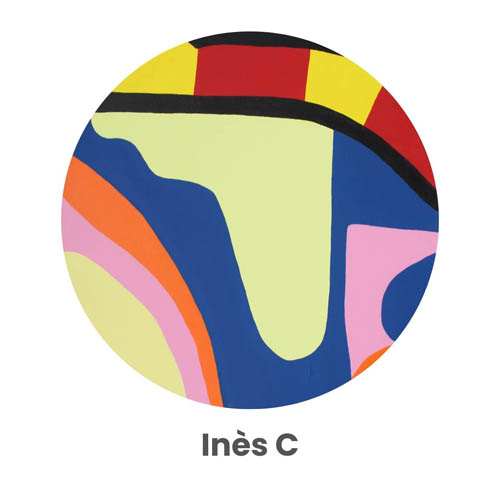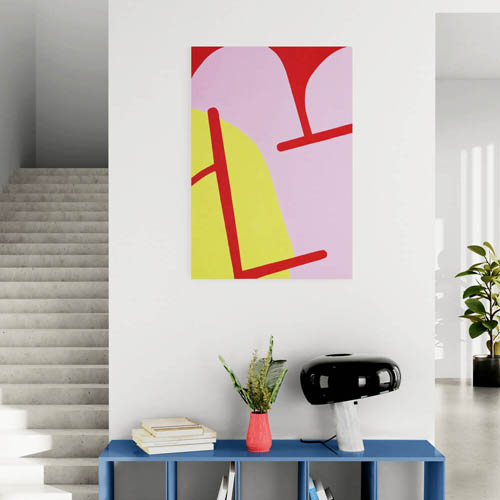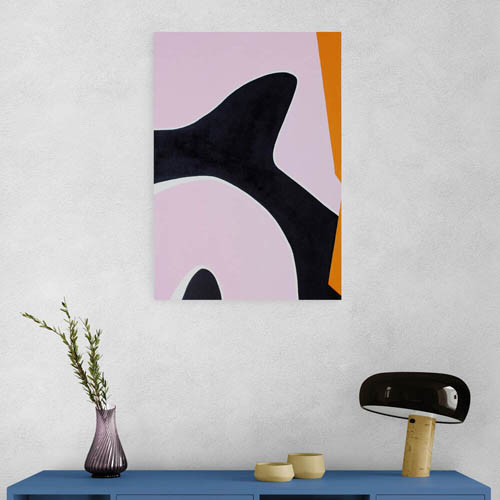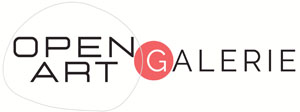
A visual artist trained at the Saint-Gilles School of Fine Arts in Brussels, where she lived for ten years, Inès C. develops work centered on graffiti. This raw gesture appeals to her because of its ambivalent status: perceived as an act of vandalism, it is nevertheless omnipresent in urban spaces.
She wanted to bring these street-born strokes inside walls, to make them exist differently and invite a different perspective. By zooming in on a tag, this quick and instinctive gesture, she reveals its energy, tension, and a pop dimension, less strictly graphic.
She chooses to paint on three-dimensional canvases, 3D canvases, to offer total freedom to the line and create an effect of infinity—as if a fragment of wall had been removed. Her work questions the place of graffiti in art, reminding us that painting on walls is an ancestral, universal, and profoundly human gesture.
You will find her paintings in the urban gallery




Biography
A visual artist trained at the Saint-Gilles School of Fine Arts in Brussels, where she lived for ten years, Inès C. develops work centered on graffiti. This raw gesture appeals to her because of its ambivalent status: perceived as an act of vandalism, it is nevertheless omnipresent in urban spaces.
She wanted to bring these street-born strokes inside walls, to make them exist differently and invite a different perspective. By zooming in on a tag, this quick and instinctive gesture, she reveals its energy, tension, and a pop dimension, less strictly graphic.
She chooses to paint on three-dimensional canvases, 3D canvases, to offer total freedom to the line and create an effect of infinity—as if a fragment of wall had been removed. Her work questions the place of graffiti in art, reminding us that painting on walls is an ancestral, universal, and profoundly human gesture.
Open Art Galerie is an art gallery selling contemporary art, paintings and sculptures.
We offer a selection of works for sale, online or in our showroom by appointment.
Discover over 400 artworks (abstract art, figurative art, urban art) by contemporary artists.
Whether you're a collector, an art lover or a neophyte, we're here to advise you!
Open Art Galerie is an art gallery selling contemporary art, paintings and sculptures.
We offer a selection of works for sale, online or in our showroom by appointment.
Discover over 400 artworks (abstract art, figurative art, urban art) by contemporary artists.









